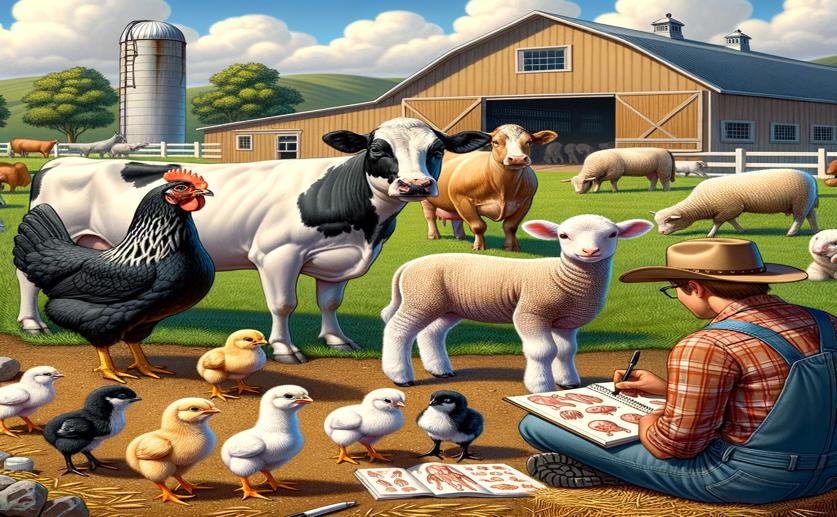
Understanding How Traits Are Inherited in Farm Animals
Jenn Hoskins
14th July, 2024

Image Source: Natural Science News, 2024
Key Findings
- The study from the University of Liège focused on Belgian Blue beef cattle to understand the genetic basis of traits like muscular development and height
- Regulatory genetic variants significantly contribute to the genetic variance of complex traits in livestock
- Variants in open chromatin regions (OCR) and coding regions have the highest impact on genetic variance and heritability enrichment, respectively
AgricultureGeneticsAnimal Science
References
Main Study
1) Evaluation of heritability partitioning approaches in livestock populations
Published 13th July, 2024
https://doi.org/10.1186/s12864-024-10600-y
Related Studies
2) Comprehensive analyses of 723 transcriptomes enhance genetic and biological interpretations for complex traits in cattle.
3) A multi-tissue atlas of regulatory variants in cattle.
4) An organism-wide ATAC-seq peak catalog for the bovine and its use to identify regulatory variants.



 9th April, 2024 | Jenn Hoskins
9th April, 2024 | Jenn Hoskins